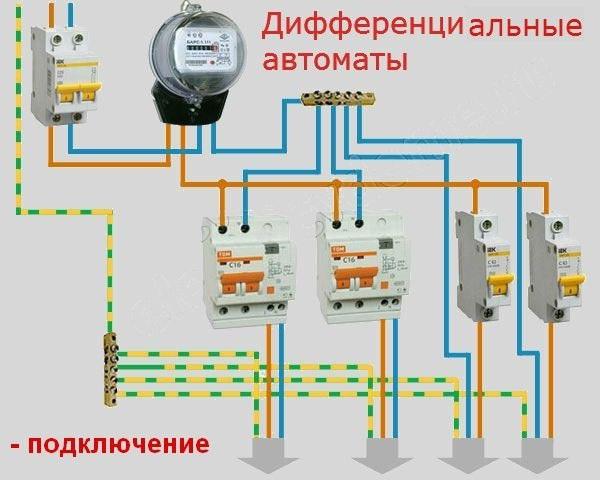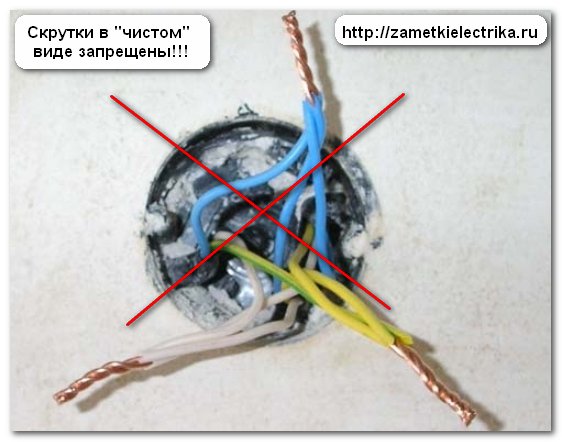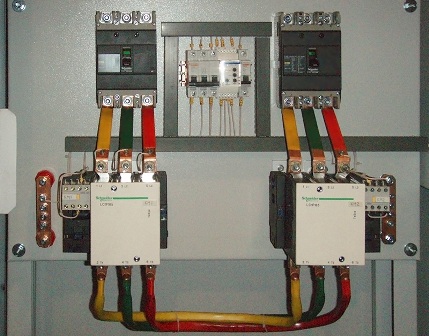What is the conductor?
Most of the old high-voltage power transmission lines (PLLs) are connected to a large number of uninsulated aluminum conductors, which may be subject to frequent overcuts, depending on the electrical supply of the resident. c. The operating voltage of such lines can be 220V/380V (up to 1kV), or 6/10/35kV (more than 1kV). Regardless of the wide width of such lines, they have a number of significant shortcomings:
- Great resistance to wire blowing during strong wind gusts, which can cause a short circuit;
- There was a risk of wires being cut during strong winds and sudden changes in ambient temperature, which could cause electrical shock;
- the risk of ice freezing and snow sticking on the surface of conductors at very low temperatures and excessive wind;
- reliability of contact of non-insulated conductors with vandalized equipment;
- the need for the first cutting of a wide clearing when installing the line;
- the need for periodic cleaning of the line for various types of plants (for example, tree trunks);
- the possibility of unauthorized connection to the line, then. theft of electricity.
There are also a lot of other non-obvious shortcomings of uninsulated power lines.
The term of service of many power transmission lines has long outstripped the acceptable term of operation and therefore the modernization of such lines is required. However, when replacing (reconstructing) old non-insulated lines, insulated conductors, such as SIPs, are increasingly being used.
What is it like to conduct SIP?
External decoding of the abbreviated meaning of SIP - self-supporting insulated wire. The main purpose of the SIP is the collection and transmission of electrical energy, as well as the distribution of it among various households.

The SIP wire is supplied as one or more aluminum conductors. The high-conductor SIP wire is made from twisted insulated wires. The insulation is made from specially prepared polyethylene, which is light-stabilized and resistant to ultraviolet exposure.
SIP wires are available in several variants:
- single-core wire with insulating coating applied;
- a rich conductor with insulating coating applied to the phases lived and there was an insulation ball near the neutral conductor;
- rich conductor, both with insulated phase conductors and with insulated non-carrying neutral conductor;
- rich conductor with all insulated conductors (both phase and neutral) and without a conductor that carries.

The heavy-duty dart has a neutral aluminum conductor, and the central part (middle) has a steel core throughout the entire dart.
Self-supporting insulated particles in plain or uninsulated wires of overhead power lines can cause a number of problems, such as:
- the lower level is spent on installation and further exploitation;
- the likelihood of a short circuit between the veins is low;
- there is no need to cut wide slots under the line;
- There is no need to freeze insulators, fastening elements, etc.
Drotu SIP stamps

Self-supporting isolated darts produce a number of stamps:
- SIPT-1 (also known as SIP-1) – the phases were coated with thermoplastic polyethylene insulation, which is light-stabilized. A non-zero (neutral) vein of Viconan dross without an insulating coating, then. not insulated;
- SIPT-2 (also known as SIP-1A) – phase conductors, and together with them a non-zero conductor, are made of insulating coating made of thermoplastic polyethylene.
- SIP-2 – at the level of SIP-1 in that the insulation of the phase conductors of Vikonan is made of cross-linked polyethylene.
- SIP-2A - all phases were reinforced with one type of insulating ball. The letter “A” in the marked marking indicates that the zero core, like all phases, is covered with insulation;
- SIP-3 - a wire that consists of everything from one wire conductor. This single core is made from either a hardened alloy or a hardened steel-aluminum construction. In the middle there was a steel core.
- SIP-4 – most of this brand had insulated thermoplastic polyethylene. Okremoy lived, as they have no non-carrying functions.
- SIP-5 - everyone lived in this brand of wood covered with sewn polyethylene. The wire of this brand can be prepared with two or more wire-conducting wires. The design of the dart does not convey the presence of a dead vein.
The cream of the standard SIP marking is narrowed down to the SIPg and SIPn markings. SIPg is a type of sealing of self-supporting insulated wires, and SIPn is a wire that has non-flammable properties, then. that the mountain does not spread everywhere.
Technical characteristics of SIP cable
Outlet self-supporting insulated darts, like other cable and conductor products, have a number of technical characteristics:
- Rated operating voltage – up to 660/1000V or even 1000V (up to 20-35kV);
- Promisword frequency – 50Hz;
- Operating temperature range - from -50 ° C to +50 ° C;
- The minimum permissible gasket temperature is 10C below zero;
- The term of service, statements by publishers is approximately 45-50 years;
- The guarantee term that the growers expect is about 5 rocks.


